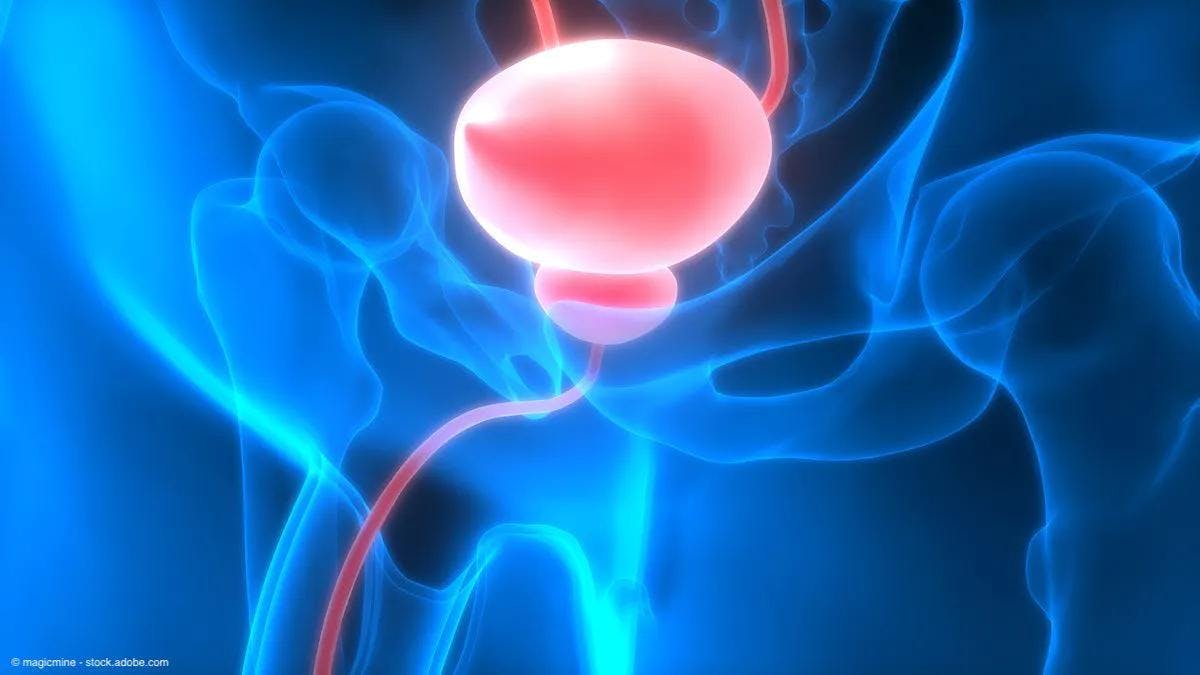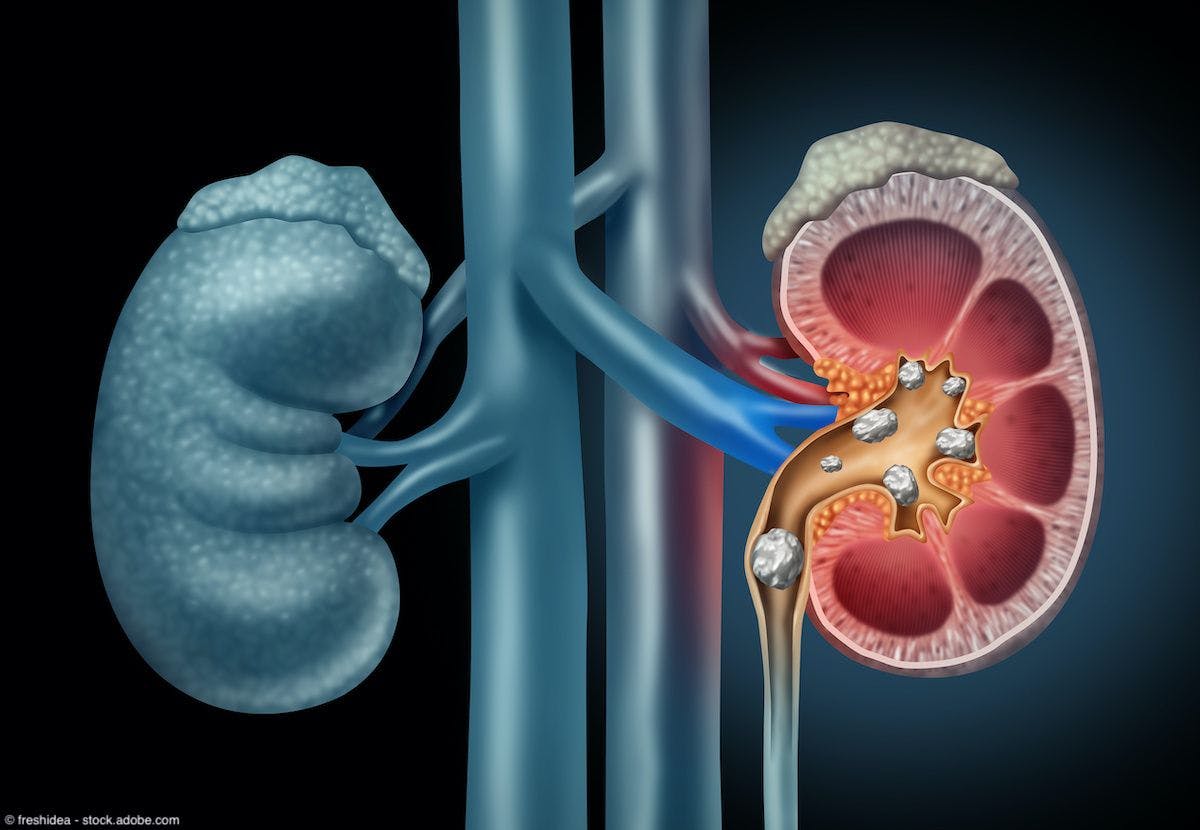Commentary
Article
Urology Times Journal
How to bill for PCNL using existing and new access
Author(s):
Proper coding for percutaneous nephrolithotomy includes code 50081.
Jonathan Rubenstein, MD

I have a question about 50080 and 50081. If the physician goes through the lower pole (existing access) and performs a nephrolithotomy of a stone larger than 2 cm, but cannot access a separate upper pole through that site and needs to create and dilate a new access, how would one report the service considering those 2 codes have a medically unlikely edit (MUE) of 1? Would it make sense to add a 22 modifier or is it all inclusive regardless of the sites?
Thank you for this excellent question. To begin, let’s delve into the scope of our percutaneous nephrolithotomy codes and the corresponding guidelines for reporting. As you may know, there have been recent revisions to the descriptors and reporting directives for Current Procedural Terminology (CPT) codes 50080 and 50081, effective January 2023. These codes are described as follows:
Mark Painter

50080: Percutaneous nephrolithotomy or pyelolithotomy, lithotripsy, stone extraction, antegrade ureteroscopy, antegrade stent placement and nephrostomy tube placement, when performed, including imaging guidance; simple (eg, stone[s] up to 2 cm in single location of kidney or renal pelvis, nonbranching stones)
50081: [C]omplex (eg, stone[s] > 2 cm, branching stones, stones in multiple locations, ureter stones, complicated anatomy)
Furthermore, it’s important to note that the establishment of percutaneous access or the enlargement of the tract to facilitate the utilization of larger endoscopic instruments during stone removal procedures (reported with CPT codes 50436 or 50437) is not encompassed within the parameters of reporting CPT codes 50080 and 50081. Therefore, these procedures can be reported separately if they are performed. Consequently, in the context of performing a percutaneous nephrolithotomy, the dilation of an existing percutaneous access can be reported using CPT code 50436, whereas the dilation with creation of a new access into the collecting system can be reported using CPT code 50437. It’s worth highlighting that according to coding guidelines, in scenarios where there is the introduction of multiple new access points into the kidney, each instance of access dilation for endourologic procedures should be reported using code 50437.
The CPT codebook also outlines instructions for bilateral coding in the following manner: Report either CPT code 50080 or 50081 for each side (ie, for each kidney), irrespective of the number or size of stones or their respective locations. CPT code 50081 specifically encompasses the breaking and removal of “stones in multiple locations,” including that of separate stones in the kidney and in the ureter. Therefore, 1 unit of 50081 would be reported no matter how many stones and locations are treated in the same side (right or left) and no matter how many percutaneous accesses are needed to remove the stone burden. Note that in instances involving bilateral procedures (both the right and left kidneys are approached during one surgical encounter), modifier 50 would be used when reporting bilateral 50080 or bilateral 50081 procedures. According to CPT guidance, no modifier is needed if CPT code 50080 performed on one side and CPT code 50081 on the contralateral side.
As we all know, Medicare rules do not always follow CPT directives. The same is true in this case.
- 50080 and 50081 are considered to be bundled in the National Correct Coding Initiative (NCCI); therefore, reporting 50080 for a procedure on the left and 50081 for a procedure on the right would require correct anatomic modifiers to be paid (50080-LT, 50081-RT).(Note: we have found that increasingly, payers are requiring anatomic modifiers for stone coding even if the modifiers are not required under bundling rules.) Although bilateral reporting is allowed under Medicare rules, Medicare MUE for both codes is 1, with a date of service Adjudication Indicator (AJI) of 2. Therefore, bilateral reporting would be 5008X-50 with a 1 in the units column. An AJI of 2 means that clinical circumstance will not be considered in processing; in short, Medicare will not consider allowing an increase in the number of units nor will it allow reporting either code more than once per date of service. The bilateral modifier and/or modifier -22 is the only path available to report complex cases for extra reimbursement.
- Similarly, codes 50436 and 50437 are considered bundled into code 50080 and 50081. Therefore, reporting either 50436 or 50437 in conjunction with either 50080 or 50081 will require appending modifier -59, -XU, or -XS to be accurately processed and paid by Medicare and most private payers.
- 50436 and 50437 are not mutually exclusive or bundled into the other code and can be reported during the same visit as indicated by CPT; however, MUE for both codes are set at 1 unit with an AJI of 3, indicating that clinical consideration can be considered for increasing the number of units charged. Both 50436 and 50437 allow for bilateral billing and would be reported similar to 50080 and 50081 with modifier -50 with 1 in the units box if provided bilaterally on the same date of service. If a case required multiple new access ports, following CPT guidelines, each should be reported. This would require multiple units for code 50437, with a modifier -59. The computer processing would deny the claim, but an appeal with notes supporting medical necessity could result in payment for all access points.
Therefore, in this case, if a lower pole stone was broken and removed after dilating a lower pole access, and an upper pole stonewas treated through a new upper pole access, it would be appropriate to report CPT codes 50081 for the stone removal, 50436-59 (or -XU) for dilation of the lower pole access, and 50437 -59 (or -XU) for dilation with new access of the upper pole access.
Send coding and reimbursement questions to Jonathan Rubenstein, MD, and Mark Painter c/o Urology Times®, at UTeditors@mjhlifesciences.com.
Questions of general interest will be chosen for publication. The information in this column is designed to be authoritative, and every effort has been made to ensure its accuracy at the time it was written. However, readers are encouraged to check with their individual carrier or private payers for updates and to confirm that this information conforms to their specific rules.

Newsletter
Stay current with the latest urology news and practice-changing insights — sign up now for the essential updates every urologist needs.






























